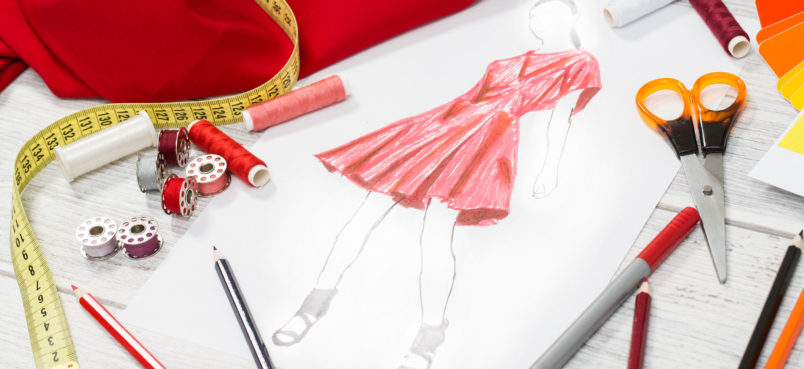If you’re a fashion designer looking for disability insurance, then you’re in the right place. The pricing for disability insurance for fashion designers can vary from company to company, but like most professions, we can help you find the best disability insurance policy for your goals and needs. If you work as a fashion designer and haven’t protected your income with a disability insurance policy, then read on.
What To Expect – Disability Insurance for Fashion Designers
All professions, not just fashion designers, have a need for disability insurance. Disability insurance serves as paycheck protection by continuing to pay you an income should you become sick or get into an accident and be unable to work.
Disability insurance for fashion designers is priced according to your age, gender, and health. A fourth factor, your occupation, also has an effect on your pricing.
One important fact to note is that not all companies will view fashion designers in the same light when it comes to your occupation class. That is why it is critical to shop around for your coverage, using a service like High Income Protection to help you find the best policy for your needs.
The average fashion designer is 41 years old and earns a little over 54k annually. Women make up the majority of this occupation, with over 88% being granted degrees related to fashion and apparel design.
Unfortunately, this means that disability insurance for fashion designers can be expensive. Women pay more for disability insurance than men, and as a whole, fashion designers have a fairly moderate occupation class.
This doesn’t mean that valuable coverage isn’t affordable. With the right combination of benefits and premium, a fashion designer can find great disability insurance to protect their income.
What To Look For
There is a lot to consider when purchasing a disability insurance policy. For fashion designers, the same rules of thumb apply as they do to other careers.
Policy Design
Disability insurance for fashion designers has the same prerequisites as other professions. Making sure that your policy covers at least 60% of your income is important. In addition, having a policy that lasts at least 5 years (the average disability claim lasts 31-34 months) if not longer, is also critical.
What is also needed is residual protection-being able to make a claim while only being partially disabled. Being able to claim while working in a diminished capacity is crucial. As a fashion designer, you may be able to work through an illness or accident, but not being 100% can keep you from your full earning potential.
Lastly, you should have a disability insurance policy that covers your profession. When it comes to disability insurance for fashion designers, that means that you can make a claim should you be unable to create designs, select materials, and continue to study fashion trends.
A disability policy that covers any profession would still require you to work if you were able to do another job based on your experience, education, and training.
A policy that covers your profession is known as an “own occupation” disability insurance policy whereas a policy that only covers any profession is called an “any occupation” disability policy.
For reasons that are now likely obvious, you should only pursue “own occupation” disability insurance policies.
The Insurance Company
No two disability insurance companies are equal. Some companies will have better pricing than others when it comes to disability insurance for fashion designers.
It is important to use a comparative rating service (like ours) that is objective and provides expertise in this area. You should price all policies available to you, weigh up the benefits, and then decide what policy is best for your personal situation.
Employee vs. Self-Employed
If you’re an employee, you may have coverage through work. Known as group disability insurance, there are both pros and cons to purchasing it through work. The pros are cost and the ability to potentially cover a pre-existing condition. The cons are weaker coverage than an individual policy and the inability to take it with you should you leave your job.
If you’re looking for self-employed disability insurance for fashion designers, then there are other considerations too.
Factors such as employees and earnings may help you in securing less expensive coverage or getting more benefits than you’d otherwise be entitled to.
Although individual coverage is typically more costly than group coverage, individual disability insurance can be easier to make claims on, and allows the owner/insured to take the policy with them should they decide to switch companies or even professions.
Summary
Disability insurance for fashion designers is not exceptionally different from other professions.
As with any occupation, it is important to secure coverage that best fits your needs and goals.
High Income Protection is an independent agency that specializes in providing expert, objective advice in helping you shop for your disability insurance.
If you’re a fashion designer who is looking to protect your income in the event of a sickness or injury that prevents you from working, you’ve come to the right place.
Remember, there is no “best disability insurance” for fashion designers. The policy that pays the claim when you need it is superior to everything else.
Contact us today for a confidential, complimentary consultation. We can help!


